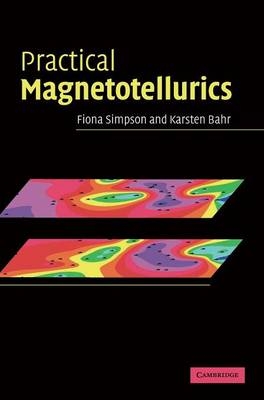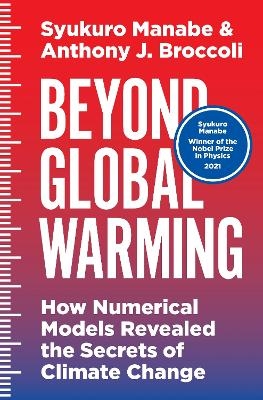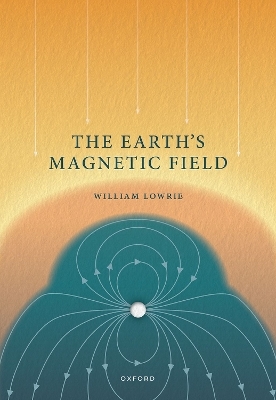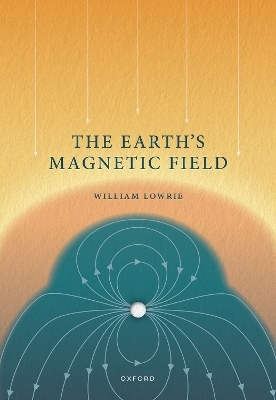
Practical Magnetotellurics
Seiten
2005
Cambridge University Press (Verlag)
978-0-521-81727-1 (ISBN)
Cambridge University Press (Verlag)
978-0-521-81727-1 (ISBN)
This book, first published in 2005, describes the practical aspects of the magnetotelluric (MT) method in detail: from planning a field campaign, through data processing and modelling, to tectonic and geodynamic interpretation. It will be a key reference for graduate-level students and researchers embarking on research projects involving MT.
The magnetotelluric (MT) method, a technique for probing the electrical conductivity structure of the Earth, is increasingly used both in applied geophysics and in basic research. This book, first published in 2005, goes into detail on practical aspects of applying the MT technique. Beginning with the basic principles of electromagnetic induction in the Earth, this introduction to magnetotellurics aims to guide students and researchers in geophysics and other areas of Earth science through the practical aspects of the MT method: from planning a field campaign, through data processing and modelling, to tectonic and geodynamic interpretation. The book will be of use to graduate-level students and researchers who are embarking on a research project involving MT; to lecturers preparing courses on MT; and to geoscientists involved in multi-disciplinary research projects who wish to incorporate MT results in their interpretations.
The magnetotelluric (MT) method, a technique for probing the electrical conductivity structure of the Earth, is increasingly used both in applied geophysics and in basic research. This book, first published in 2005, goes into detail on practical aspects of applying the MT technique. Beginning with the basic principles of electromagnetic induction in the Earth, this introduction to magnetotellurics aims to guide students and researchers in geophysics and other areas of Earth science through the practical aspects of the MT method: from planning a field campaign, through data processing and modelling, to tectonic and geodynamic interpretation. The book will be of use to graduate-level students and researchers who are embarking on a research project involving MT; to lecturers preparing courses on MT; and to geoscientists involved in multi-disciplinary research projects who wish to incorporate MT results in their interpretations.
Foreword; List of symbols; 1. Introduction; 2. Basic theoretical concepts; 3. Planning a field campaign; 4. From time series to transfer functions: data processing; 5. Dimensionality and distortion; 6. Numerical forward modelling; 7. Inversion of MT data; 8. The general link to other geosciences: conduction mechanisms; 9. The special link to other geosciences; 10. Other EM induction techniques; Glossary; Appendix 1. Theorems from vector algebra; Appendix 2. The transfer function in the wavenumber-frequency domain, and equivalence transfer functions; Appendix 3. Probability distributions; Appendix 4. Linear regression; Appendix 5. Fourier analysis; Appendix 6. Power and cross spectra; References; Index.
| Erscheint lt. Verlag | 3.2.2005 |
|---|---|
| Verlagsort | Cambridge |
| Sprache | englisch |
| Maße | 174 x 255 mm |
| Gewicht | 640 g |
| Themenwelt | Naturwissenschaften ► Geowissenschaften ► Geophysik |
| ISBN-10 | 0-521-81727-7 / 0521817277 |
| ISBN-13 | 978-0-521-81727-1 / 9780521817271 |
| Zustand | Neuware |
| Haben Sie eine Frage zum Produkt? |
Mehr entdecken
aus dem Bereich
aus dem Bereich
How Numerical Models Revealed the Secrets of Climate Change
Buch | Hardcover (2020)
Princeton University Press (Verlag)
43,65 €


